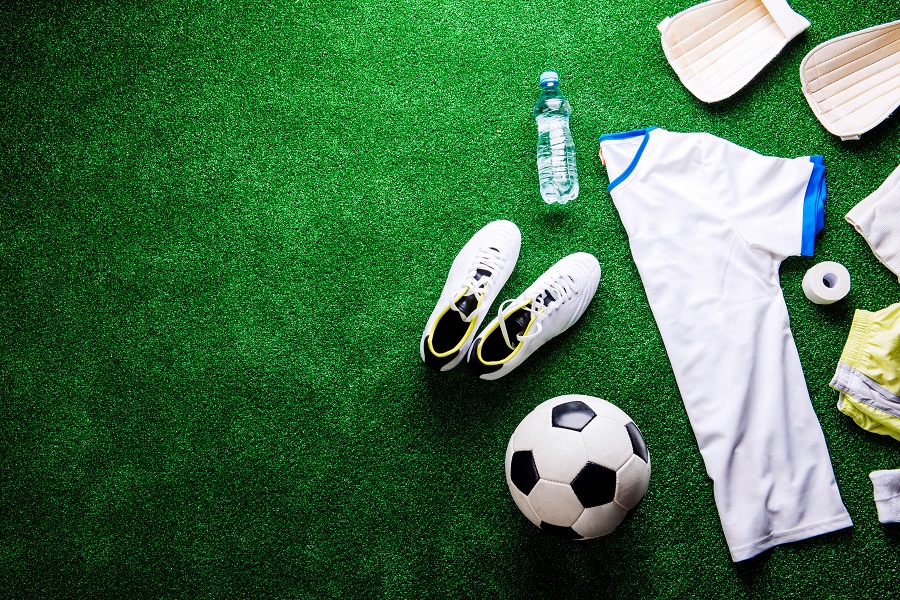The U.S. Department of Health and Human Services’ Healthy People 2030 plan has a national goal of increasing youth sports participation from 50% to 63% over the next five years. Being active benefits youth overall health, social and academic lives. However, the number of youth participating in physical activity and sports is declining. While participation disparities based on a single social identity are well studied, little research has examined youth’s multiple, intersecting and marginalized social identities.
The study, published in the Journal of Adolescent Health, explored inequities that exist at the intersection of multiple identities, including assigned sex, gender modality, sexual identity, racial and ethnic identity, access to economic resources, weight status, mental health, behavioral and emotional issues, and how this impacts participation in sports and physical activity.
The study, led by Sarah Kaja, assistant professor at the University of Minnesota Medical School and director of the Equitable Sport and Physical Activity Innovation Lab, analyzed the intersection of seven social identities among specific subgroups of 9th and 11th graders. The study used data from the 2022 Minnesota Student Survey, in which more than 60,000 students self-reported their social identities, participation in team sports, and physical activity. The results:
While 50% of students played sports and 25% participated in physical activity classes, participation varied substantially at the intersection of social identities. For example, the group of students with the lowest sports involvement had lower participation rates, ranging from 8% to 17%. Students with the highest sports participation were primarily White, heterosexual, and had high access to resources, whereas participants with the lowest sports participation had multiple marginalized social identities. Physical activity classes had higher participation rates for youth of color and gender and sexual minorities, but participation was still most often in combination with high access to resources. All students in the lowest sports participation group had at least one marginalized social identity, and the majority had more. The lowest sports participation group included students with a marginalized sexual identity and at least one other marginalized social identity, such as low access to resources, transgender or gender questioning identity, or high BMI percentile.
Previous research has shown that context-specific stressors, such as poor policies, victimization, and harassment, can limit LGBTQ+ people’s willingness and participation. This new study suggests that these stressors may be even more compounded for people with multiple marginalized identities, and efforts aimed at reaching youth based on a single identity may not reach those who need the most support to participate.
“By uncovering more nuanced variations in youth engagement in organized sports and activities, our study is an important step toward addressing the question of which students need support to play,” Kaja said. “We hope to use these foundational building blocks to continue our work to reduce health disparities, achieve national public health priorities, and encourage schools and community organizations to foster inclusive environments and layer on recruitment, retention and policy initiatives to support less-engaged youth.”
Future research should prioritize youth with social identities that are over-represented among groups with the lowest rates of participation in sport and physical activity, and further identify and address specific social and structural barriers to participation.
Dr. Kaja was supported by the National Center for Advancing Translational Sciences at the National Institutes of Health. The other authors were supported by the National Institute on Minority Health and Health Disparities.
-30-
About the University of Minnesota Medical School
The University of Minnesota Medical School is at the forefront of learning and discovery, transforming health care and preparing the next generation of physicians. Our alumni and faculty conduct high-impact biomedical research and advance the practice of medicine. We recognize that the University of Minnesota Medical School, at both our Twin Cities and Duluth campuses, sits on the traditional, ancestral and contemporary lands of the Dakota, Ojibwe and numerous other Native American peoples, and we demonstrate our commitment to tribal communities and their sovereignty by working to improve and strengthen relationships with tribal nations. Learn more at med.umn.edu.



